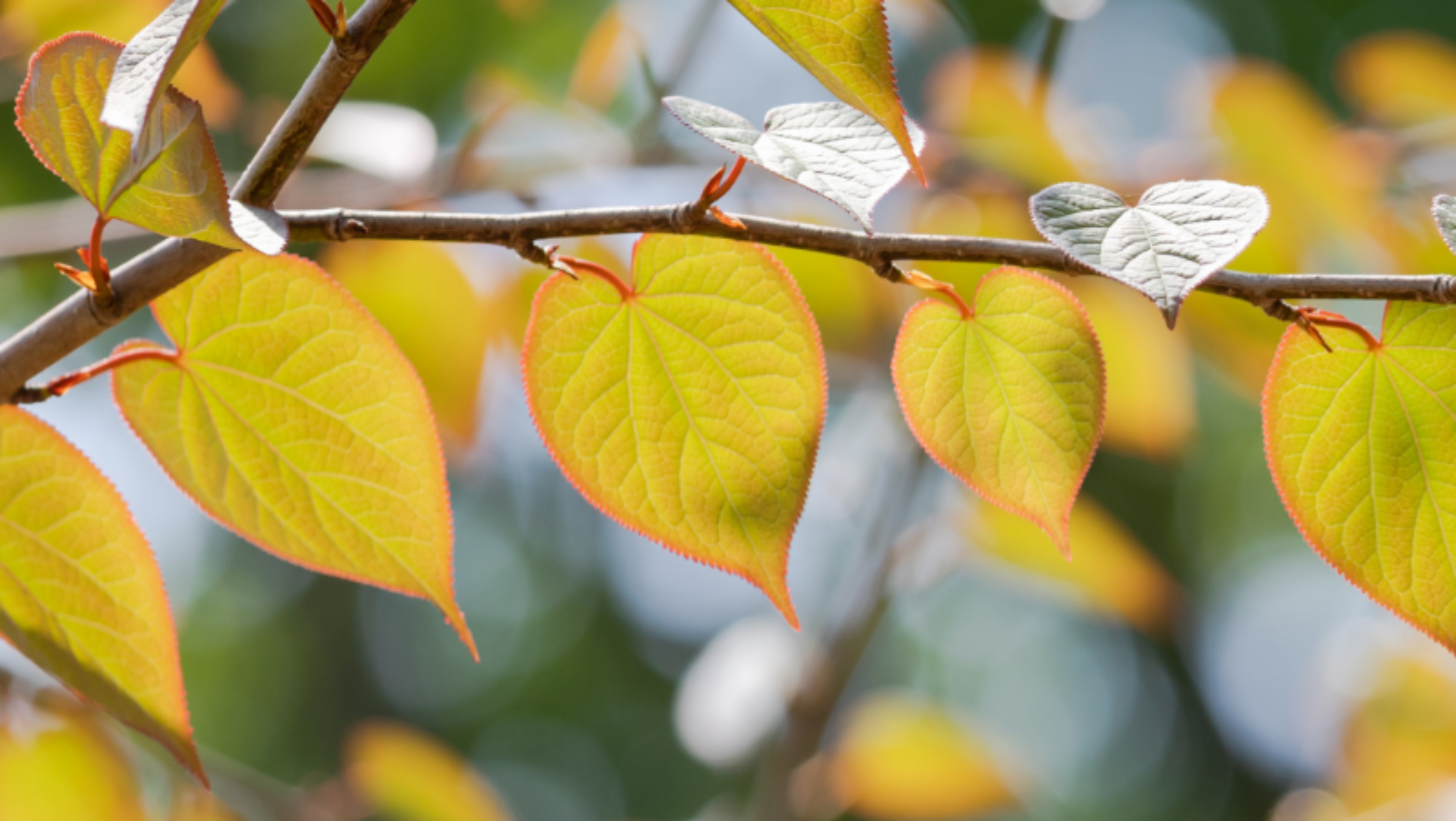Few things are more pleasurable than wafts of scent from plants in the garden, particularly in the winter and early spring, with cold days and low light levels it can feel like the garden is asleep waiting for the warms of summer. It can however engage our senses with scented plants.
Why not incorporate scented plants close to the main walkways, as you are less likely to venture into the garden away from the main thoroughfare. Containers or planters by the entrance with a daphne or sarcococca is also a great way to incorporate scent into your design and have clients enjoy the benefits of these two favourite scented plants.
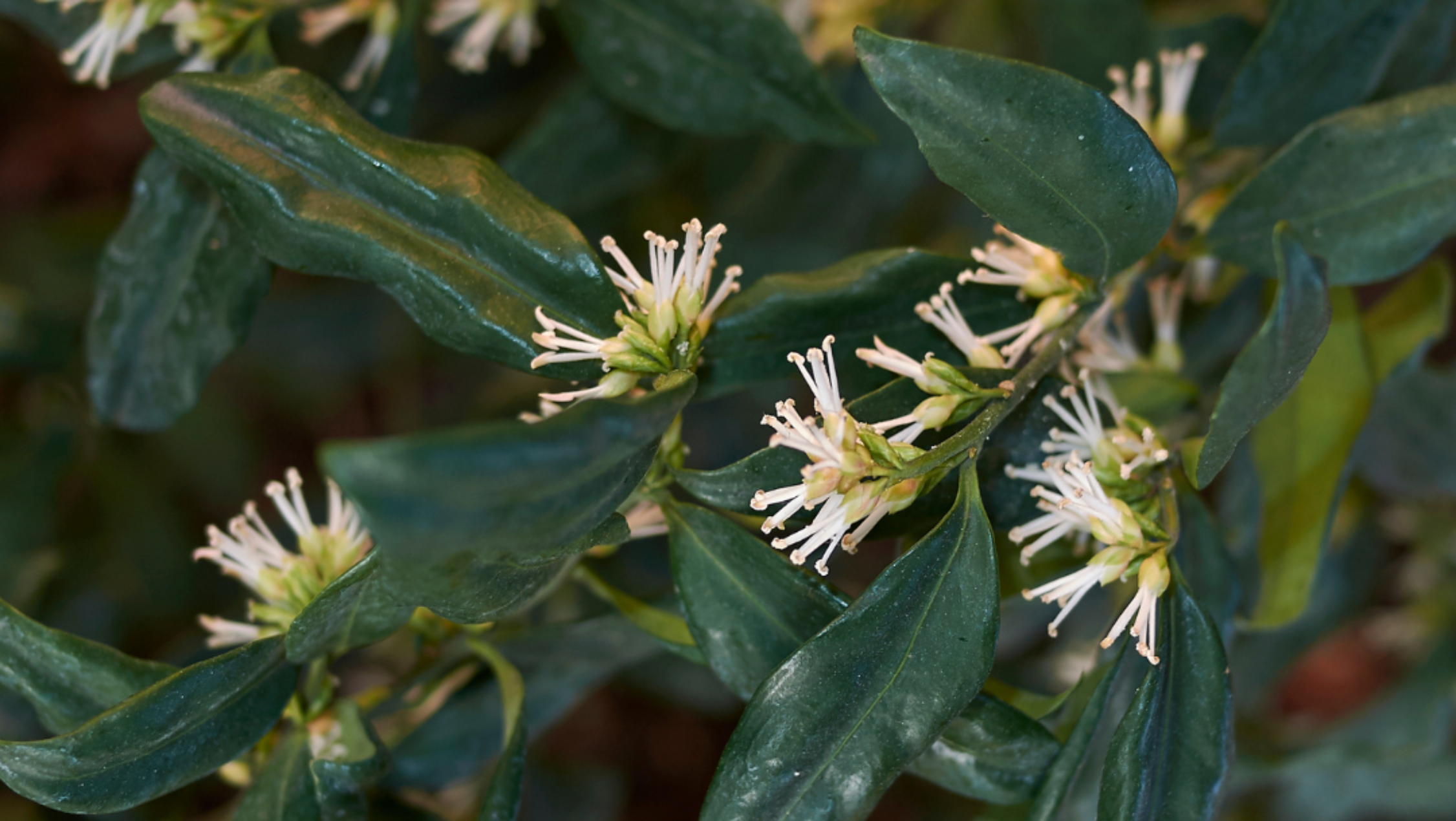
The Smell Of Green
In the aromatic world, green is used to describe a fresh, light, cool or sharp aroma. A green scent is also often ascribed to freshly cut grass, conifer trees and lily of the valley.
Smelling the greenness of a garden can produce an effect similar to those described by the ancient Japanese art of forest bathing or Shinrin-yoku, where aromatic evergreens release airborne essential oils which can boost natural immunity. Herb gardens are wonderful for this: think mints, basils and origanums.
The Viridis team have picked some of their scented favourites.
Winter:
Lonicera fragrantissima (the winter-flowering honeysuckle) starts to flower in January and is usually smothered in hungry hoverflies throughout February. It’s a welcome source of food to them and a headful of delicious lemony sherbet scent for us.
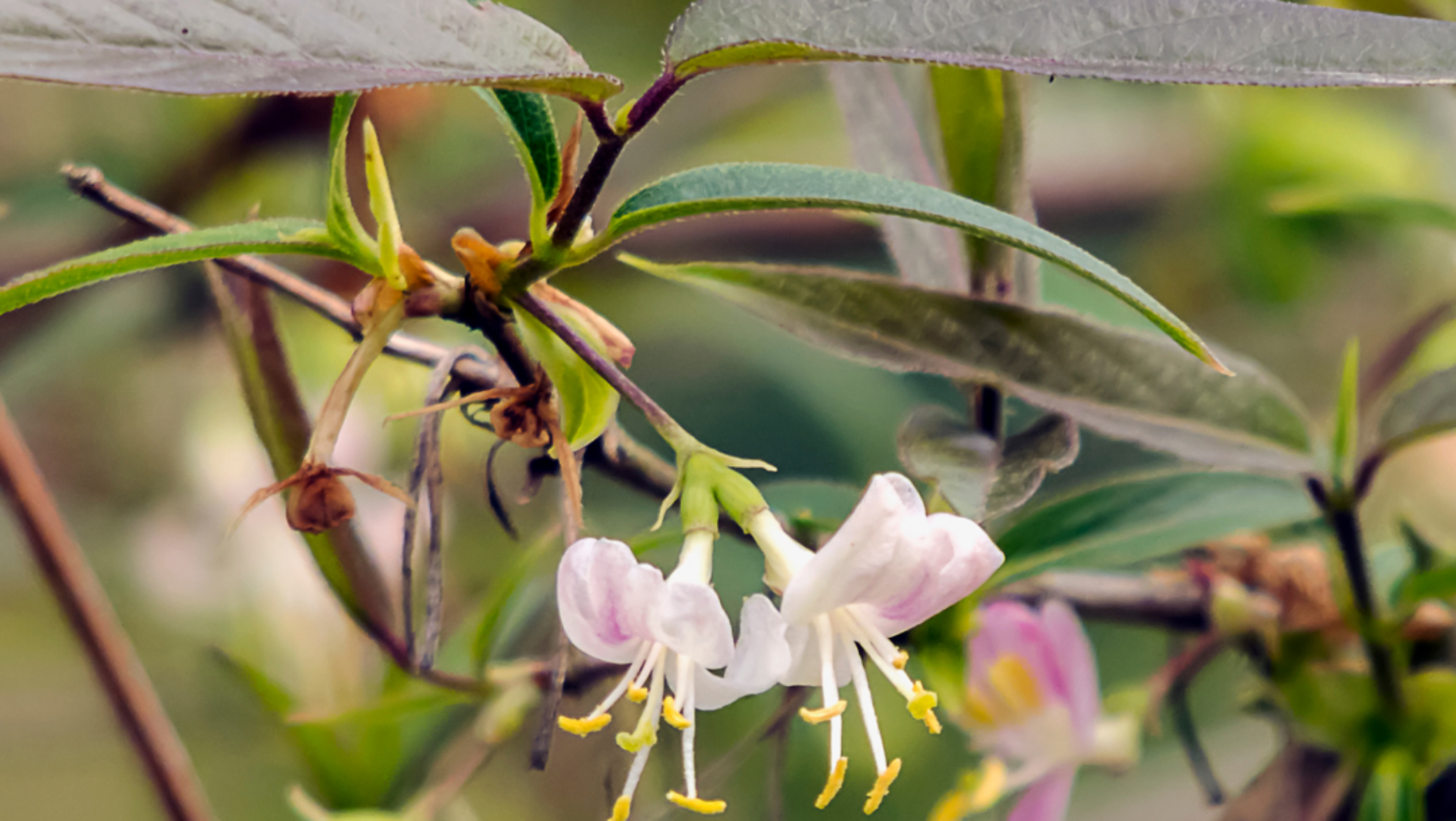
Daphne odora
Keep the season and time of scent for each plant in mind and place the right plant in the most beneficial area. Daphne performs best near doorways, paths or seating areas.
There are a large range of Daphne all with slightly different scent ranges and ultimate sizes. Although most are small and unassuming, they are one of the most distinctively and strongly scented plants you can find in the winter garden.
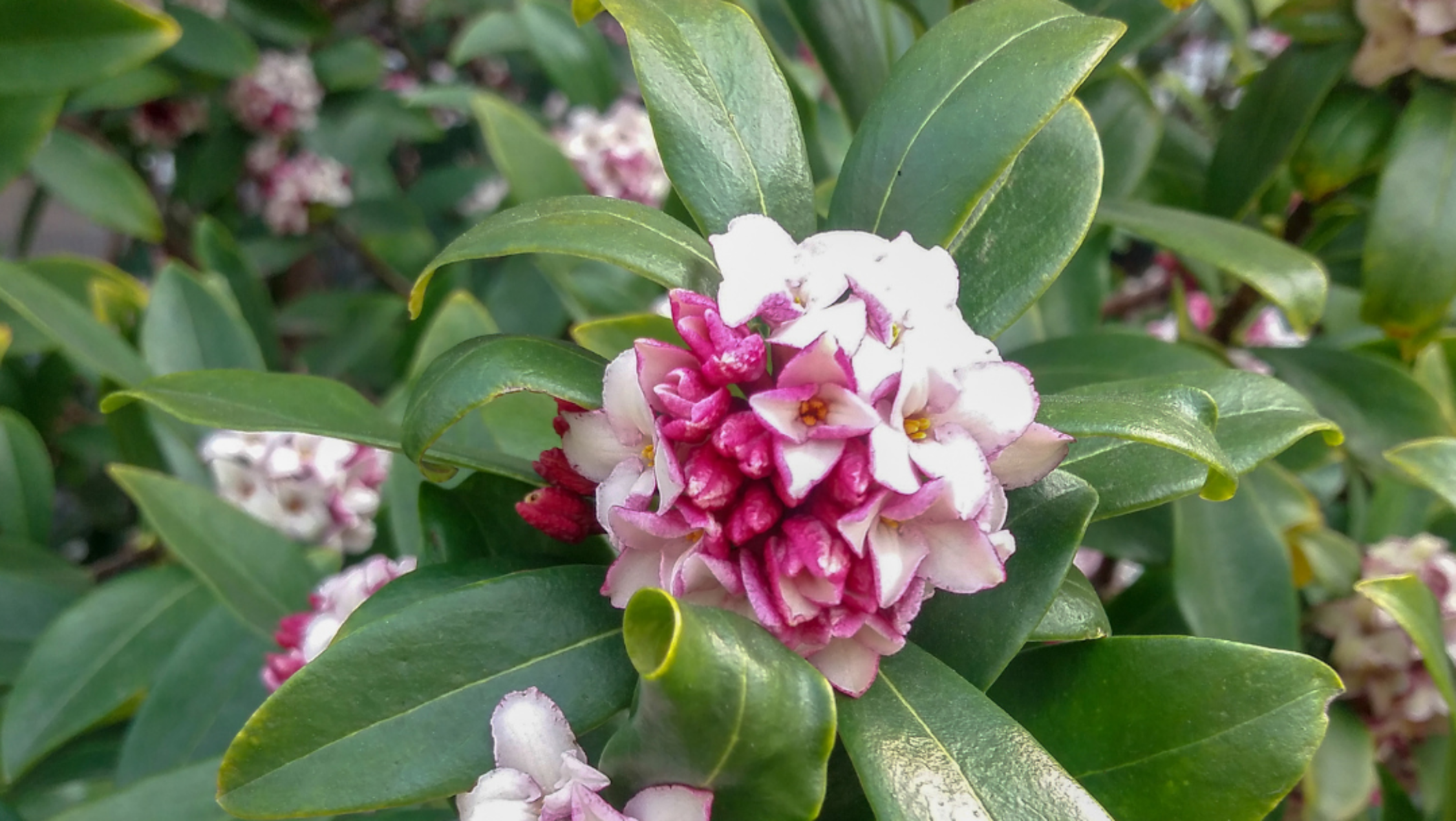
Sarcococca
Sarcococca is another great scented plant, they create a delicate scent that is not overpowering and are perfect to line a path. They are also evergreen adding structure to a garden during the winter.
Hamamelis
Hamamellis is a great plant to add structure to the garden, with bright yellow flowers forming in winter coupled with a beautiful fragrance. In the autumn the green ovate leaves turn red-yellow adding further garden interest.
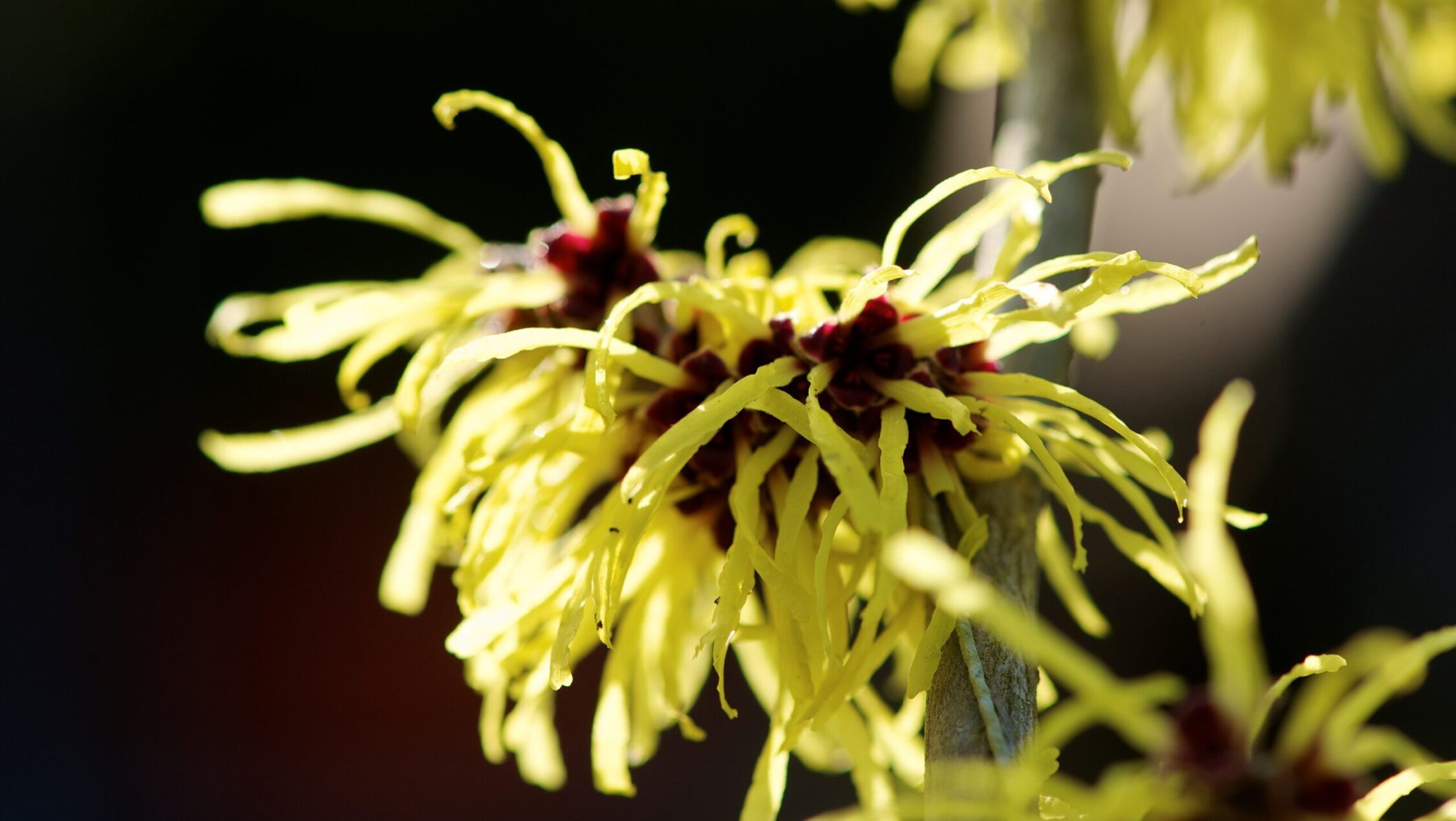
Spring
Clematis montana
Clematis montana releases its scent as the petals are warmed by the morning sun. Position by a south east facing door or seating area and your clients can walk into a cloud of delicate almond fragrance. What a perfect start to the day!
Summer:
This is the season for scent! Roses and sweetpeas fall over themselves to compete for our nasal attention.
Many scented plants especially those in summer don’t come from the flowers but the leaves. The group most associated with this is the herbs and they are full of aromatic oils and are usually released by brushing past them when warmed in the summer sun.
Planting companion plants can protect scented varieties. For example, planting tomatoes near basil repels aphids and spider mite.
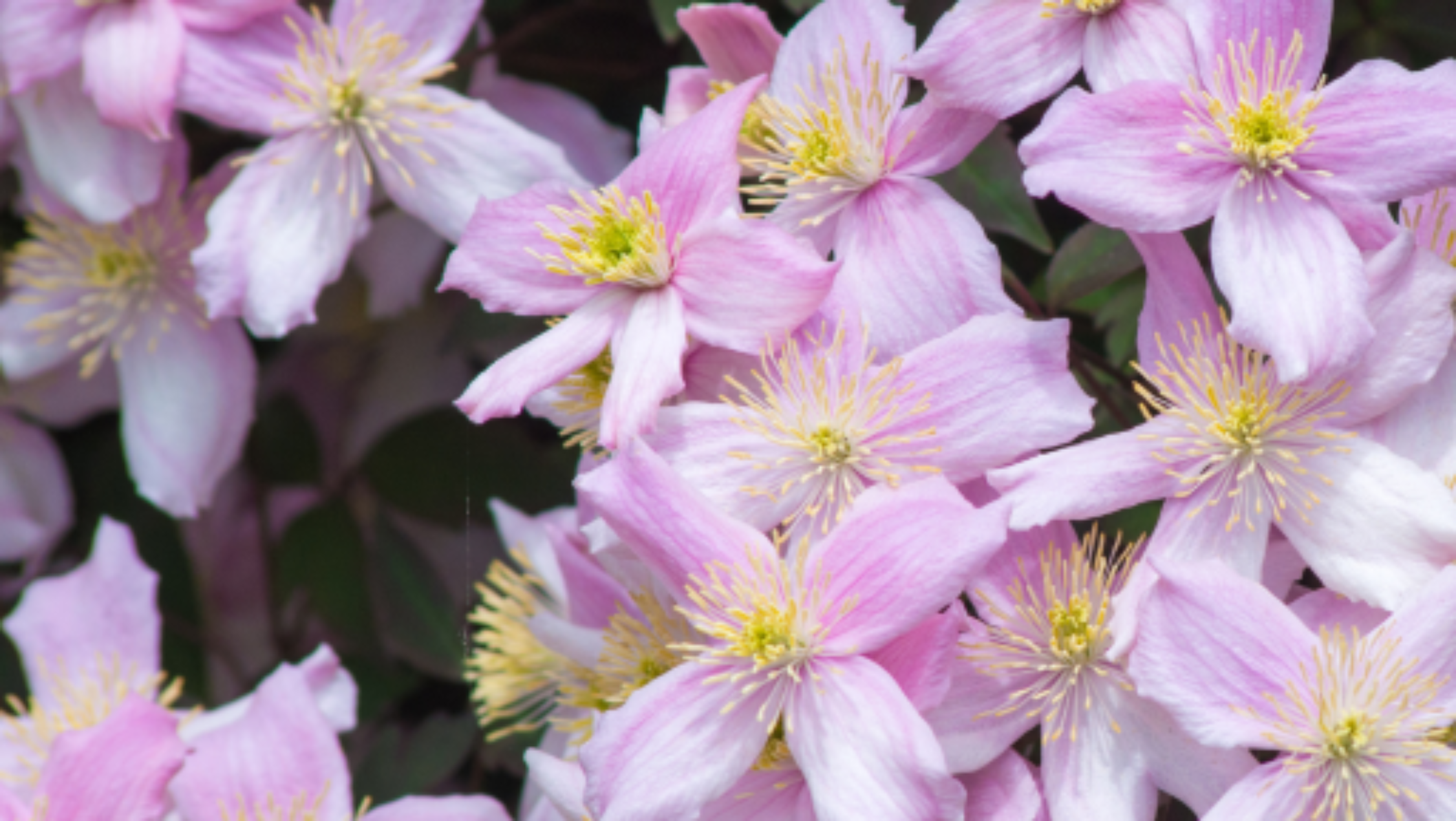
Autumn:
Cercidiphyllum japonicum (Katsura tree) A medium sized deciduous tree, with heart shaped leaves tinted bronze when young, turning yellow, orange and pink in the autumn.
During the autumn months a delicious, burnt caramel smell fills the air that is actually the compounds released by the decaying, copper toned leaves that resemble candyfloss.
